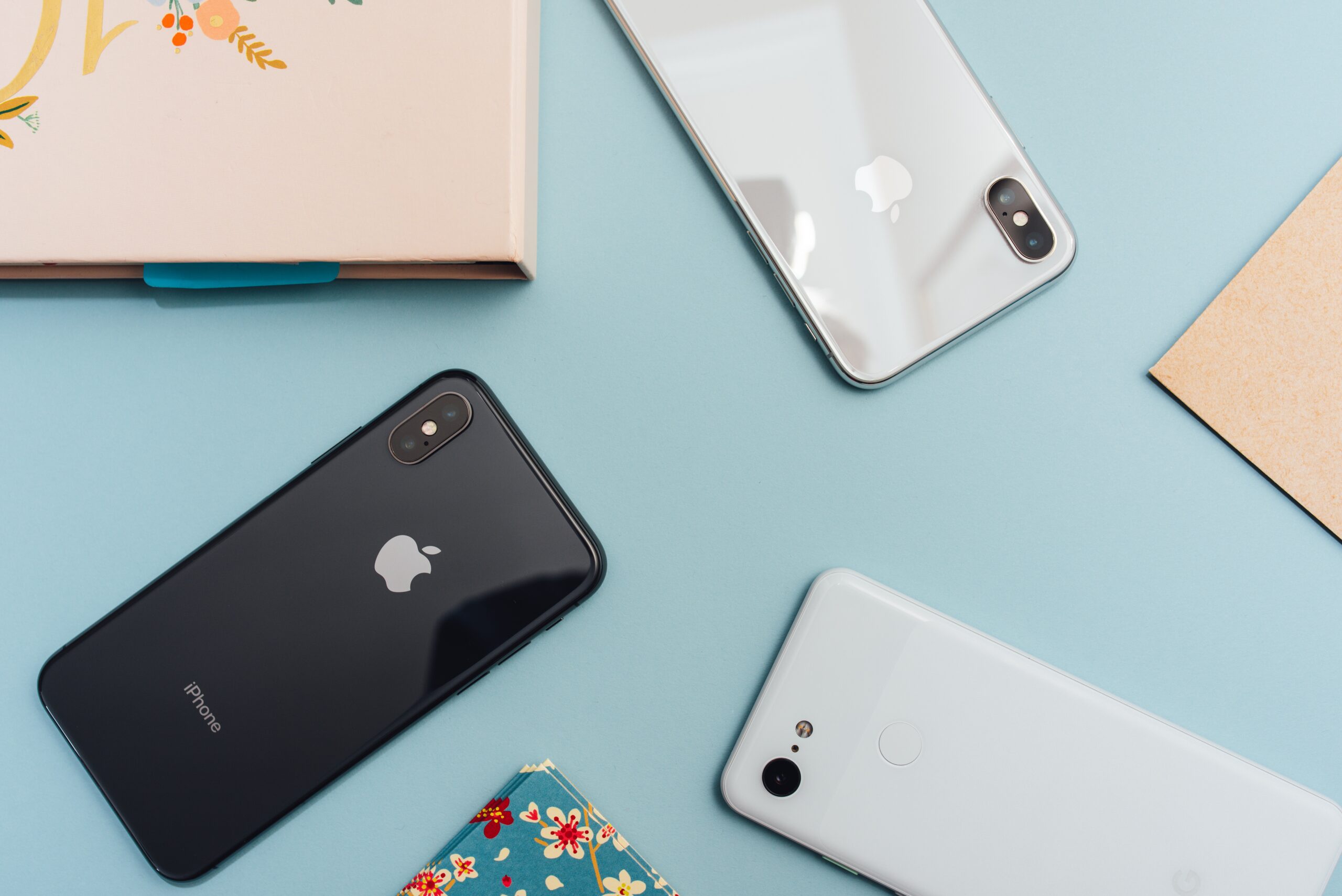We rely heavily on our cellphones to be connected and informed in the modern world. We always have them with us, and when they break down, we frequently get worried. As a result, we are always exploring for ways to safeguard and maintain our technology. But occasionally, when looking for solutions, we stumble across odd, unproven approaches that we find irresistible. One such technique is to freeze an iPhone. What happens if you put an iPhone in the freezer? is a legitimate concern. Does it actually work as a temporary patch for a broken device? We’ll look into the solution to this query and clarify any myths about freezing an iPhone in this blog post.
Putting an iPhone in the freezer to fix a broken device could seem like a simple and fast cure. It’s crucial to realise that iPhones are not made to withstand harsh temperatures, especially below freezing. The internal parts of an iPhone may suffer irreparable harm if it is exposed to extremely cold temperatures.
Condensation is the first possible outcome when an iPhone is put in the freezer. Your iPhone will quickly warm up after being removed from the freezer, which will cause the moisture inside the device to condense. This can cause the phone to short circuit and cause water damage.
Extreme temperatures might also have a negative impact on the iPhone battery. The battery may quickly lose its charge due to the cold, which could result in a dead battery. Additionally, freezing can result in the battery expanding, harming the phone’s internal parts.
Furthermore, freezing can make the adhesive holding the iPhone’s parts together brittle, which could result in problems with the phone’s touch screen or display.
In conclusion, freezing an iPhone is not a suggested method for repairing a broken gadget. The internal parts of the phone may suffer irreparable harm, which might leave the gadget worthless. It’s essential to seek advice from an authorised Apple service provider or Apple support when trying to solve any problems with your iPhone.

How can I prevent my iPhone from getting damaged in extreme temperatures?
You should heed the following advice to keep your iPhone from becoming damaged in severe temperatures:
- Keep your iPhone away from very hot or very cold environments: When it’s hot outside, keep your iPhone out of the sun and out of parked cars. When it’s chilly outside, don’t leave it out there for too long.
- Keep your iPhone in a case for protection: Your iPhone may be protected from temperature changes with a suitable protective case.
- As soon as your iPhone feels warm to the touch, refrain from using it until it has cooled down. The internal parts of your iPhone are susceptible to harm from high temperatures.
- Prevent putting your iPhone in the freezer: As we have discussed, putting your iPhone in the freezer can seriously harm your device.
- Charge your iPhone in a room with a comfortable temperature: When charging your iPhone in an extreme heat or cold, the battery may be harmed.
- Use the suggested temperature range from Apple: Apple advises using and storing your iPhone in temperatures between 0°C and 35°C (32°F to 95°F) and -20°C to 45°C (-4°F to 113°F).
You can help protect your iPhone from harm caused by severe temperatures and increase the lifespan of your device by keeping in mind these suggestions.

How can I fix my iPhone if it’s not working after being in the freezer?
You can try a few things if your iPhone stops functioning after being frozen:
- Take your iPhone out of the freezer and let it to thaw: Before attempting to turn on your iPhone, leave it at room temperature for a few hours to let it thaw out and get to that temperature.
- Verify for any obvious damage: Look for any evidence of damage, such as cracks or water damage, on your iPhone.
- Hard-reset your device: Try performing a hard reset on your iPhone if it is not responding by simultaneously pressing the power and home buttons for 10 seconds or until the Apple logo shows.
- Try recovering your iPhone by connecting it to a computer: To restore your iPhone, use a computer running the most recent version of iTunes. Use a USB cord to connect your iPhone to your computer, and then use iTunes to restore your iPhone by following the on-screen prompts.
- Speak with a professional: Take your iPhone to an authorised Apple service provider or Apple support for additional help if none of these options resolve the issue. Any problems with your iPhone can be found and fixed by them.
It’s vital to remember that freezing your iPhone is not advised because it can seriously harm the device. It’s essential to seek advice from an authorised Apple service provider or Apple support when trying to solve any problems with your iPhone.

Comments are closed